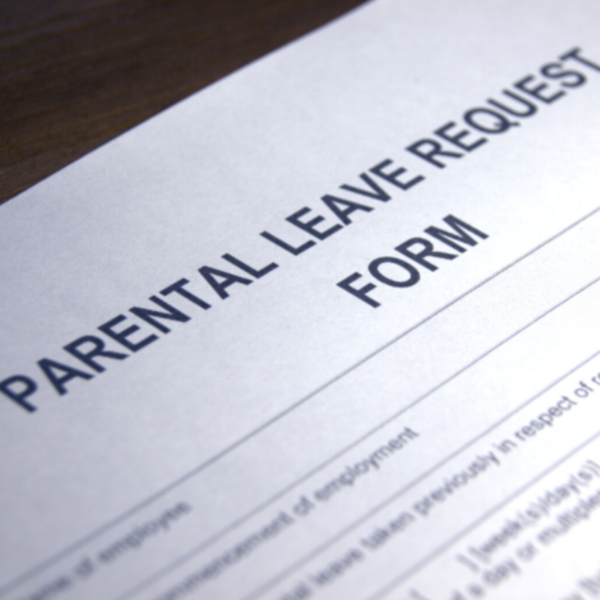For years, small and medium sized businesses have struggled with the question of whether to offer paid parental leave. Most businesses recognize that offering paid maternity leave is vital to attracting and retaining female employees who want to start or grow their families. But for smaller businesses, offering paid leave is sometimes financially challenging, especially when there is no guarantee that the employee will return from leave. The Tax Cuts and Jobs Act, signed into law December 2017, changes the equation for offering paid parental leave.
Paid family and medical leave offered in 2018 and 2019 may qualify an employer for a tax credit. To qualify for the credit, the leave must be voluntarily offered, must be offered for at least two weeks (for employees that are not part-time employees), and must be paid pursuant to a written policy. The leave benefit amount must also be at least 50% of the employee’s normal pay.
The tax credit is 12.5% of the benefit paid if that benefit is 50% of the employee’s wages. The credit increases incrementally with the percentage increase of pay. If an employer pays 100% of wages during the leave period, the credit is 25%. The new Code Section implementing the law, 45S, limits the eligibility of the credit to those employees who have been employed for at least one year and make no more than 60% of the legally defined “highly compensated employee” definition. For 2018, the credit would apply to employees making less than $72,000.
To take advantage of this opportunity, employers must also provide the benefit to part-time employees proportionately based on their anticipated annual hours. Employers who are not otherwise covered under the Family and Medical Leave Act also must include a non-retaliation provision in the policy.
While this law applies to a variety of family and medical leaves (similar to the FMLA leave qualifying events), an employer who wishes to extend a paid leave benefit for only parental leave, may still utilize the tax credit.
Employers who already offer or are considering offering paid leave for medical conditions or maternity/paternity leave should update their handbooks or written policies to incorporate this tax credit. If you would like assistance drafting or revising your company’s paid leave policy to qualify for the tax credit, contact Ann-Marie Ahern.
Author
-

Ann-Marie Ahern
Ann-Marie is a Principal at McCarthy Lebit, as well as the head of the firm's Employment practice, and she has devoted her entire career to representing people in employment disputes. Learn more about Ann-Marie and her practice.

